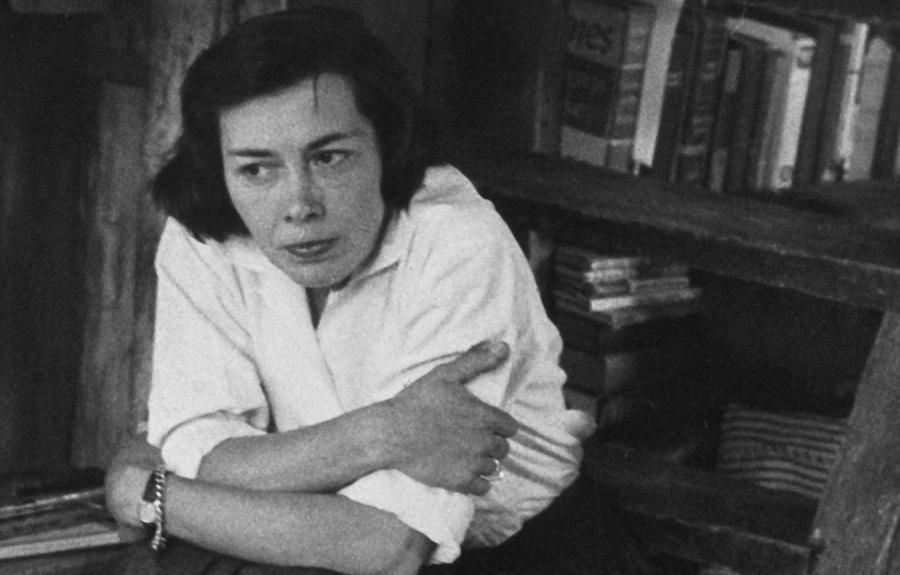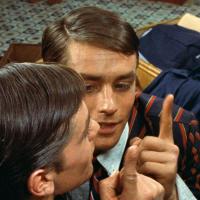Film series: Patricia Highsmith

Graham Greene, another writer of psychologically complex thrillers, dubbed her “the poet of apprehension,” which marks Patricia Highsmith as an apt chronicler of mid 20th century anxieties. Duplicity, obsession, charm mark her most famous character, Tom Ripley, (anti)hero of five novels. She was, both in her life and her writing, a master of the art of seduction. As such she proved immediate catnip for cinema. Her first novel, Strangers on a Train (1951) was recast as a dark Hitchcock thriller the following year. Her second, originally published as The Price of Salt (1952) under the pseudonym Claire Morgan, was a pulp romance beloved by lesbians of the 1950s, famous for an uncharacteristically (for the lesbian genre of the time) hopeful ending. It would be 63 years until it made it to film, in Todd Haynes's sumptuous romance, Carol.
To accompany this fall's release of Loving Highsmith, a fascinating doc tracing her life through a few of her many woman lovers as well as passages from her journals (read by Gwendolyn Christie), we offer three adaptions of her novels into films. Notably, they all feature swoon-worthy actors: Robert Walker offers to trade murders with Farley Granger in Hitchcock's Strangers on a Train (their scenes charged with homoeroticism); that homoerotic tension reappears in Alain Delon's beguiling turn as Ripley in René Clément's Purple Noon (Plein Soleil) (1960); and outright seduction takes place between Cate Blanchett and Rooney Mara in Haynes's Carol (2015).




